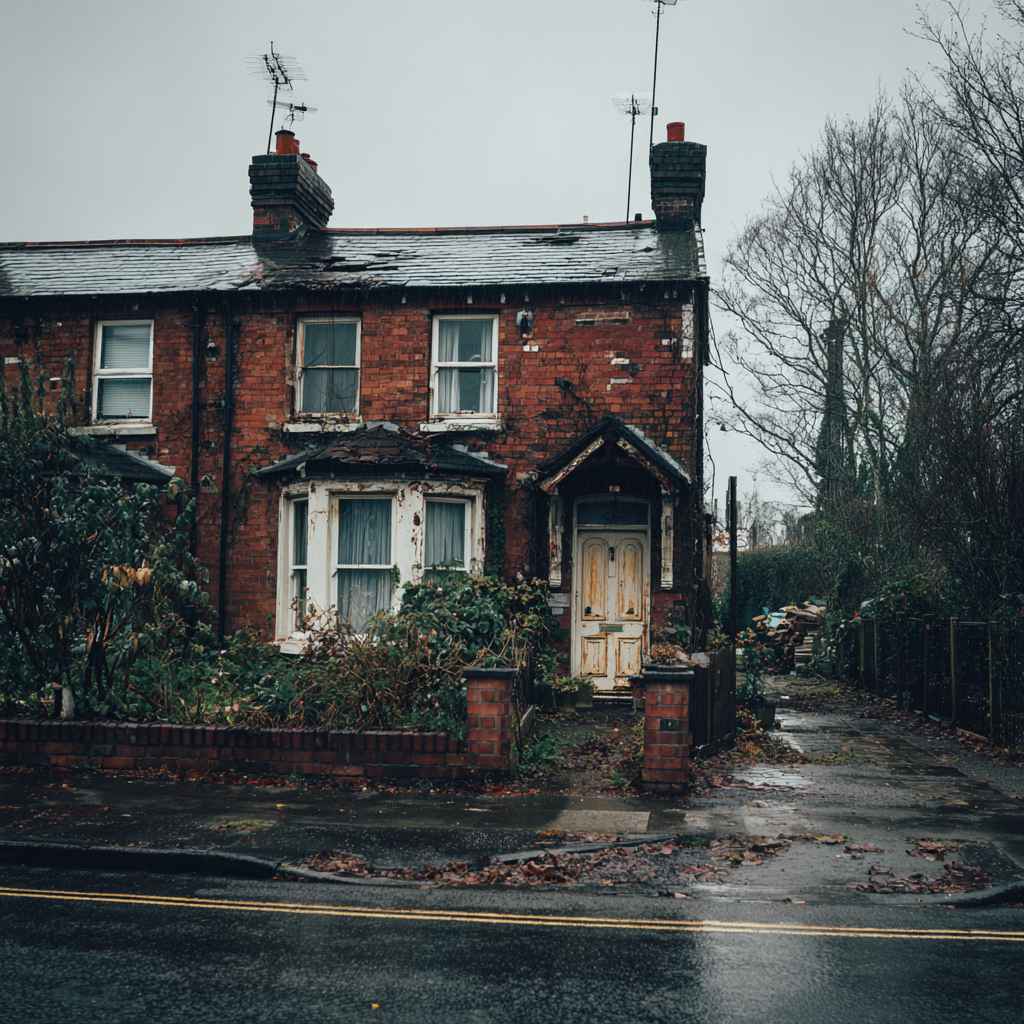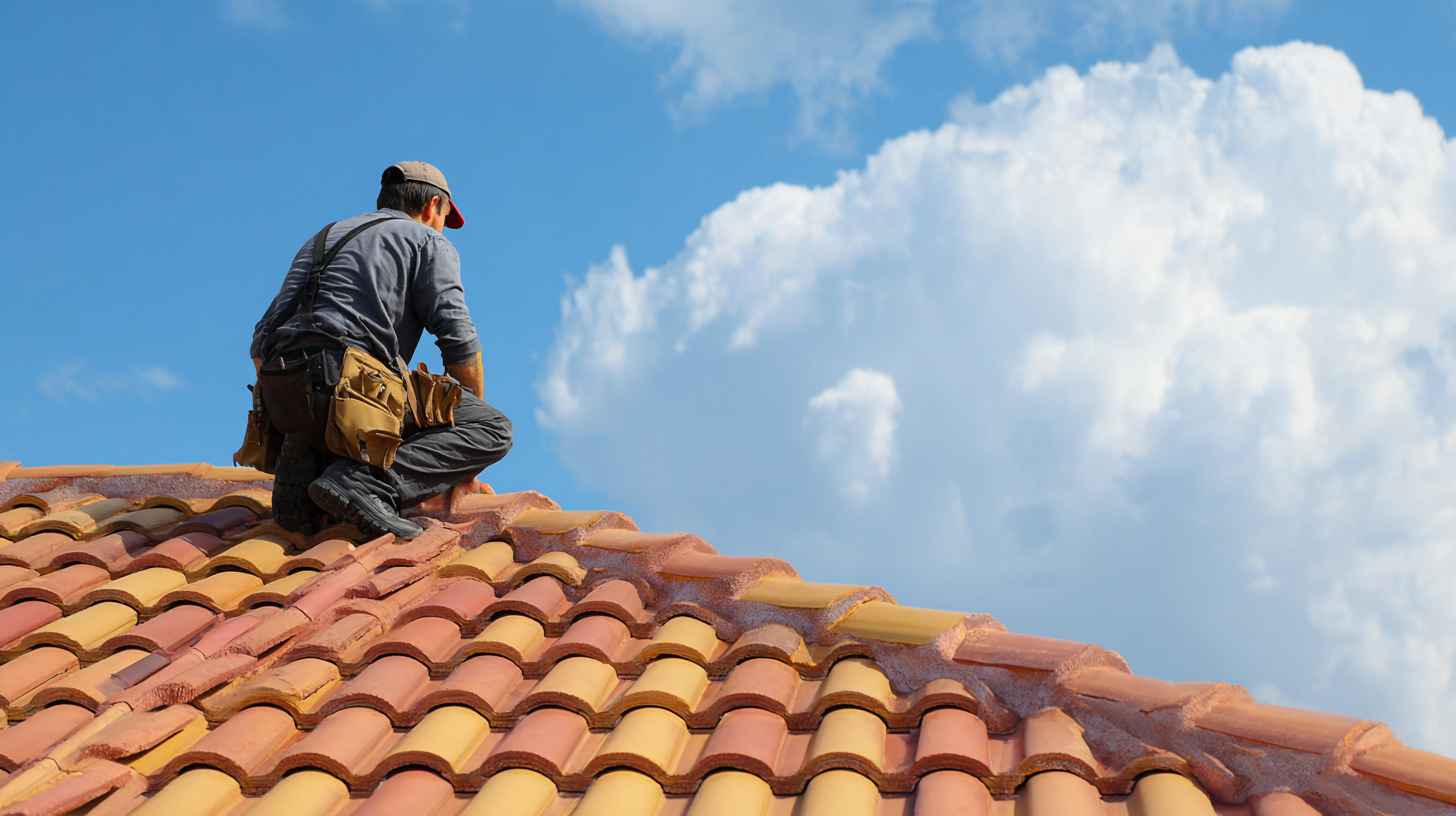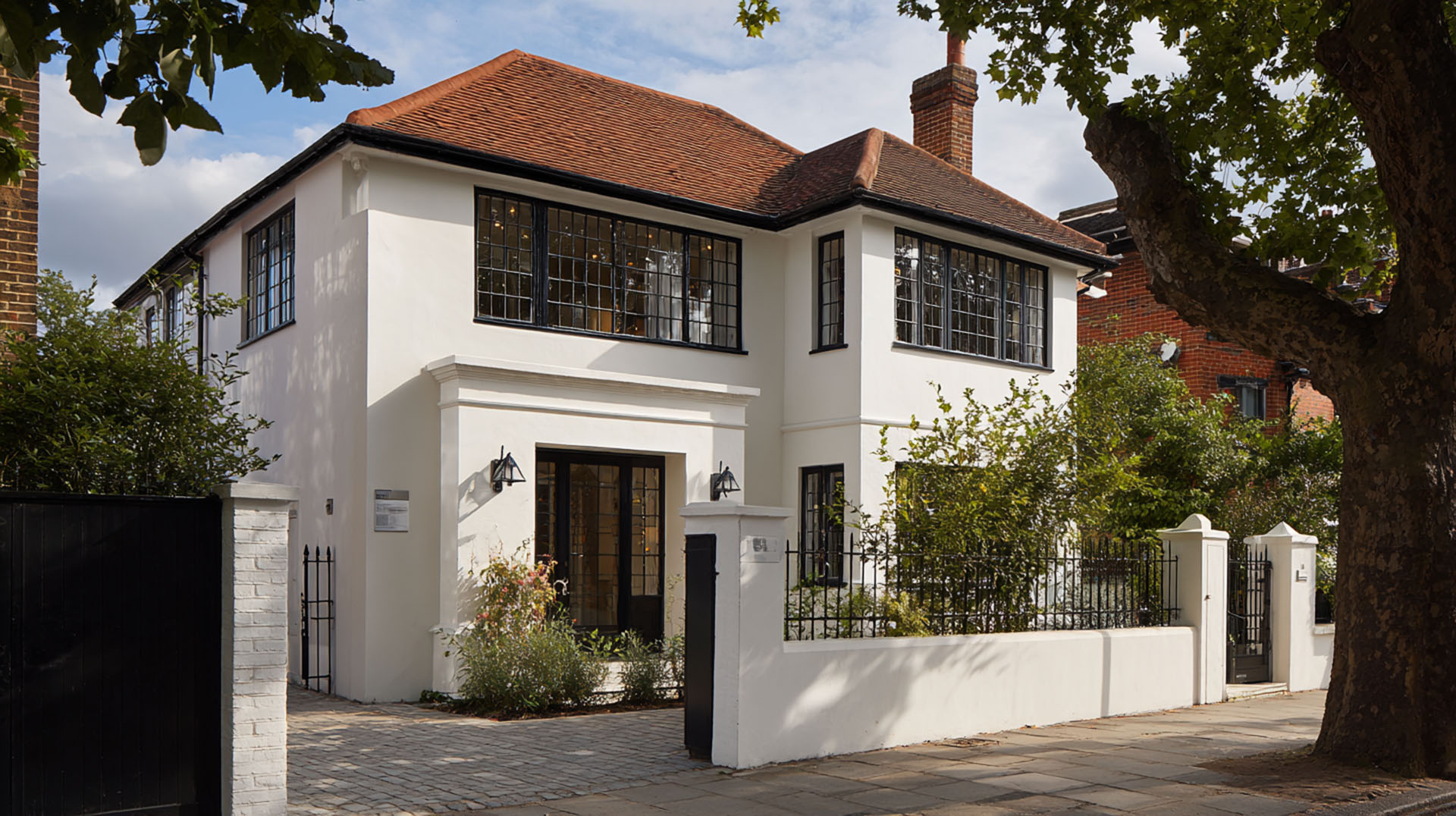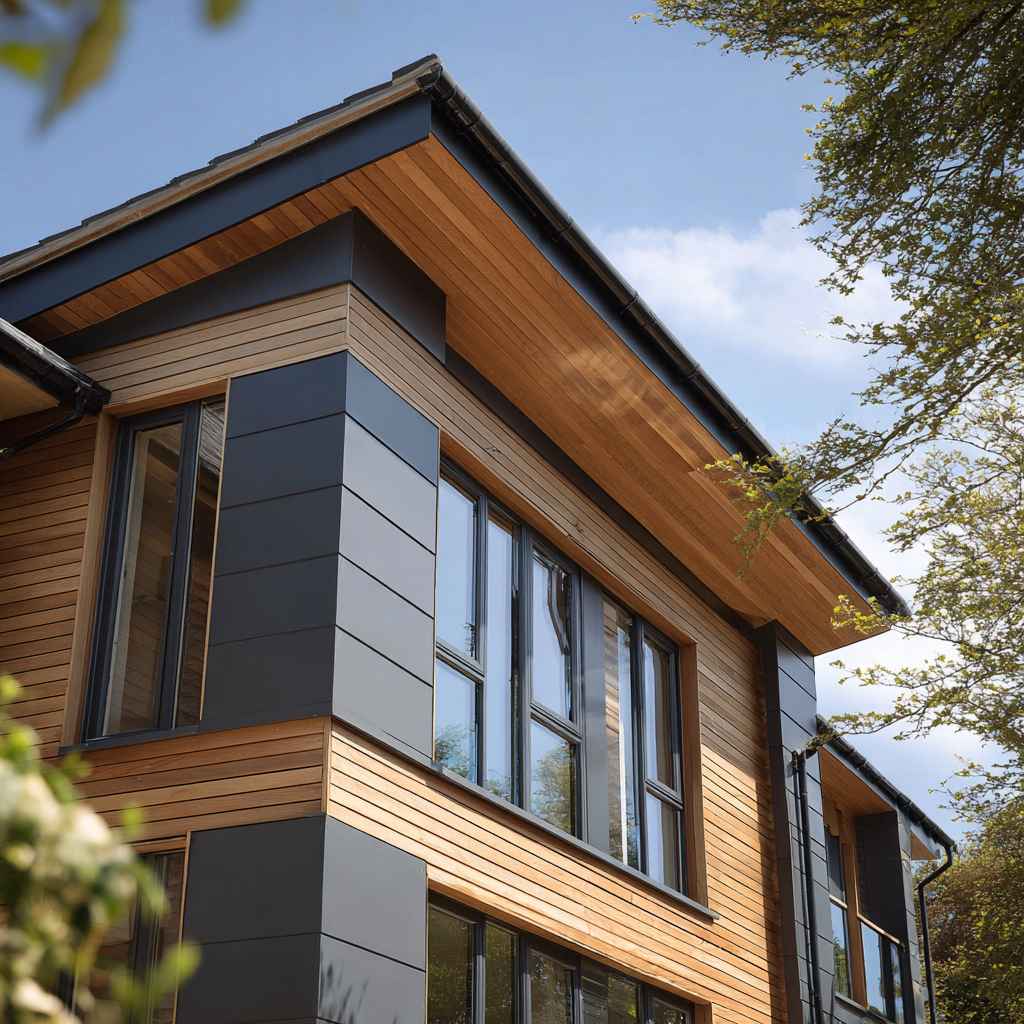Key Take Aways
Ceiling leaks often originate from afar—water may travel a considerable distance before appearing on the ceiling—so it’s important to trace the precise source.
Common culprits include damaged or aged roof tiles, faulty flashing, blocked gutters or downpipes, improperly sealed roof valleys, attic condensation, and plumbing leaks.
Leaks can lead to serious consequences: structural weakening of joists or beams, mould growth, and compromised indoor air quality.
A systematic detective approach is essential: inspect the roof, clear and check gutters/downpipes, assess exterior walls, rule out condensation, and consider professional moisture detection methods (e.g., thermal imaging).
High-quality exterior wall coatings provide waterproofing while allowing breathability; they also offer UV resistance and visual appeal—playing a key role in preventing leaks.
Prevention is more effective than cure: regular external inspections, prompt repair of vulnerabilities, and professional application of weather‑resistant coatings can help avert ceiling leaks.
When it comes to home maintenance, identifying and addressing a ceiling leak promptly is crucial. Left unchecked, water ingress can cause significant damage to your property, leading to costly repairs and a decrease in your home’s value.
However, pinpointing the exact source of a leak can be a challenging task. Water can travel far from its entry point before making itself visible, and what appears to be a simple issue may be a symptom of a more complex problem.
In this guide, we’ll explore how to accurately identify the source of a ceiling leak and discuss the importance of exterior wall coatings in preventing future water damage.
Understanding Ceiling Leaks
Understanding ceiling leaks is pivotal in maintaining the structural integrity and safety of your home. A ceiling leak is often a clear indicator of water intrusion, which, if not promptly and effectively addressed, can lead to a host of subsequent issues. These concerns can range from minor cosmetic damage to serious structural concerns, not to mention the potential mould growth, which can have health implications for the occupants.
Water making its way into your home can originate from various sources. It’s not always straightforward to pinpoint where a leak starts due to the way water travels. By the time it makes its presence known by staining your ceiling or causing paint to bubble, the water may have already traversed a considerable distance from its entry point. This complexity underscores the necessity of a methodical approach to identifying leaks.
Common Causes of Ceiling Leaks

- Roof Damage: Damage to the roof is one of the most frequent culprits behind ceiling leaks. Broken, missing, or worn-out roofing materials allow water to seep through, especially during heavy rain. The age of the roof plays a significant role; older roofs are more susceptible to leaks due to the natural wear and tear over time.
- Compromised Flashing: Flashing, the material installed to direct water away from critical areas of the roof, such as chimneys and vents, can become damaged or dislodged. When flashing fails, it creates a pathway for water to enter the home.
- Blocked Gutters: Gutters clogged with leaves, twigs, and other debris can cause water to back up and overflow, potentially leading to water infiltrating the roof or walls and eventually causing ceiling leaks.
- Improperly Sealed Valleys: The valleys, where two roof planes come together, are particularly vulnerable to water intrusion if not sealed correctly. Over time, sealant can erode or break, allowing water to penetrate.
- Attic Condensation: Sometimes, the issue may not stem from an external source but from within. Poor attic ventilation can lead to condensation build-up, which, over time, can cause water to drip down, simulating a leak.
- Plumbing Issues: Leaks from plumbing fixtures, pipes, or water heaters located above or within ceiling spaces can mimic roof leaks. These can be particularly deceptive, as they might only occur when the plumbing in question is in use.
The Impact of Ceiling Leaks
The consequences of ceiling leaks extend beyond the immediately visible. Continuous exposure to moisture can weaken structural elements, including joists and beams, posing a long-term risk to the building’s integrity. Moreover, damp environments are breeding grounds of mould and mildew, which can spread beyond the initial leak area, compromising indoor air quality and potentially causing health issues for those with allergies or respiratory conditions.
Understanding the various facets of ceiling leaks is the first step in preventing the potential damage they can cause. Being proactive about regular inspections, maintenance, and addressing any signs of water intrusion early can save homeowners from costly repairs and health hazards down the line.
Tracing the Source
- Inspect the Roof: Begin by examining your roof, the most common source of leaks. Look for missing, damaged, or aged tiles that could allow water ingress. Flat roofs are particularly susceptible to leaks, so pay close attention to the integrity of their waterproof membrane.
- Check the Gutters and Downpipes: Blocked or damaged gutters and downpipes can cause water to overflow and seep through the roofline or external walls, eventually leading to ceiling leaks. Ensure they are clear of debris and functioning correctly.
- Examine External Walls: Cracks or deterioration in the external walls of your home can also be a pathway for water to enter. Weatherproof coatings on these walls can significantly reduce the risk of water ingress.
- Look for Condensation Issues: In some cases, what appears to be a leak may actually be condensation forming on the ceiling, especially in areas with high humidity or poor ventilation. This is more common in bathrooms and kitchens.
- Consult with Professionals: If the source of the leak is not apparent, it may be necessary to engage with a professional who can conduct a more thorough investigation. This might include water testing or thermal imaging to detect moisture behind walls or under roofs.

The Role of Exterior Wall Coatings
Once the source of a ceiling leak has been identified and addressed, it’s essential to take preventive measures to avoid future issues. One of the most effective strategies is the application of exterior wall coatings. These coatings are designed to provide a durable, weather-resistant layer over your property’s external walls, offering several benefits:
— Waterproofing: High-quality exterior wall coatings are impermeable to water, preventing moisture from penetrating through cracks and crevices in the wall.
— Breathability: While being waterproof, these coatings also allow the walls to breathe, enabling moisture from inside the house to escape. This prevents the build-up of condensation and damp.
— Durability: Exterior wall coatings are resistant to UV light, temperature changes, and environmental pollutants, ensuring long-lasting protection for your home.
— Aesthetic Appeal: Beyond their practical benefits, these coatings can also enhance the appearance of your property, with a range of finishes and colours available to suit any style.
Prevention is Better Than Cure
Addressing a ceiling leak promptly can save you time, money, and stress in the long run. By understanding how to trace the source of a leak and taking proactive steps to protect your home, such as applying exterior wall coatings, you can maintain a dry, safe, and comfortable living environment.
Remember, while DIY solutions can be tempting, consulting with professionals like All Weather Coating can provide peace of mind and ensure that any interventions are carried out correctly. Our team of experts specialises in exterior wall coatings and weatherproofing services, offering tailored solutions to protect your home from the unpredictable British weather.
If you’re concerned about a ceiling leak or interested in learning more about how our services can help safeguard your property, don’t hesitate to contact All Weather Coating. Send an enquiry today, and let us help you keep your home dry and damage-free.







